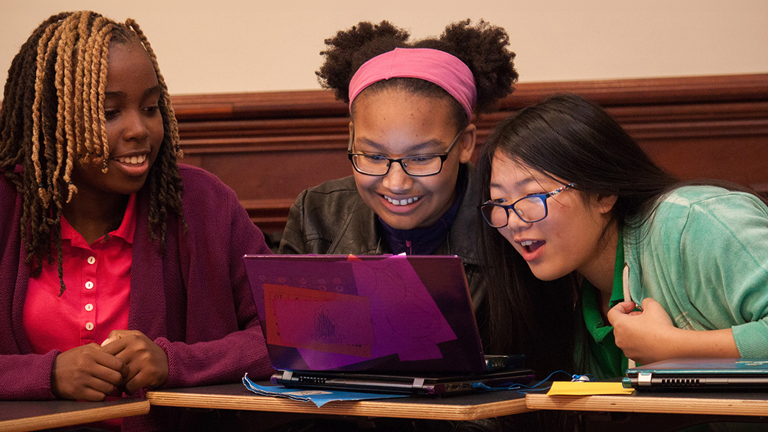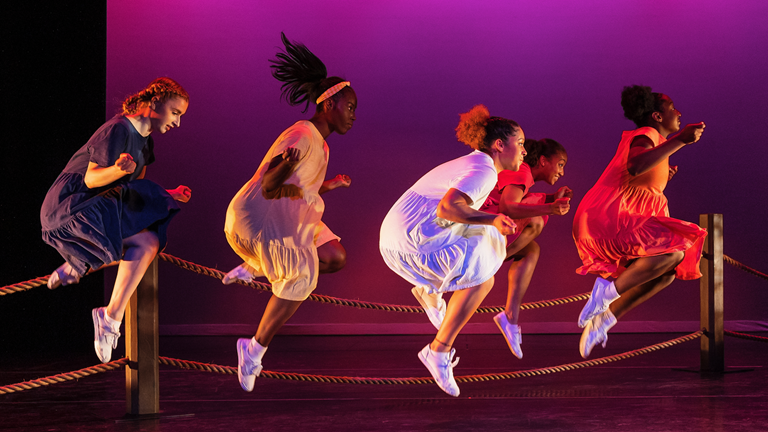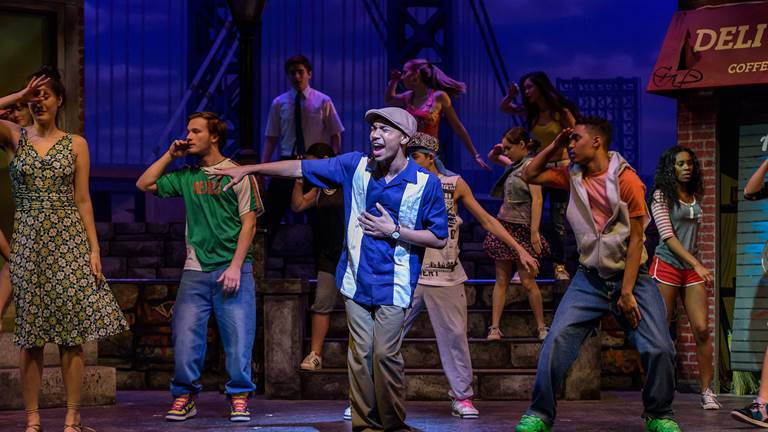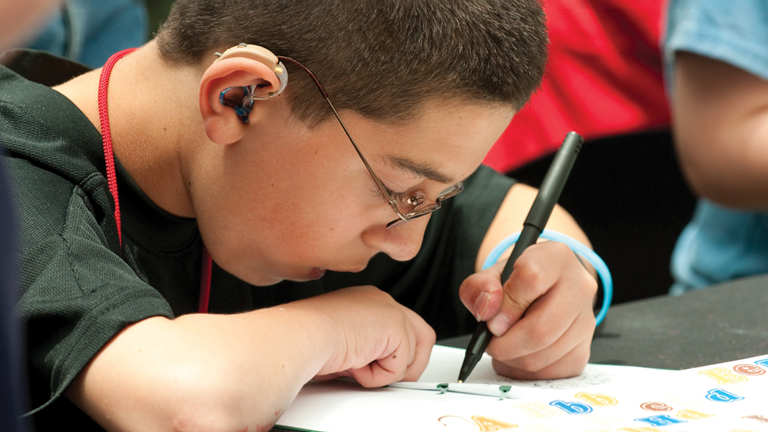WORLD PREMIERE KENNEDY CENTER COMMISSION
The Day You Begin
See your magic. Tell your story.
It’s not easy to take those first steps into a new place where nobody really knows you yet…but somehow you do it. This world premiere commissioned musical is based on one of Kennedy Center Education Artist-in-Residence Jacqueline Woodson’s most popular picture books, a #1 New York Times bestseller illustrated by Rafael López. Adapted by Woodson with music and lyrics by Toshi Reagon, direction by Charlotte Brathwaite, and puppetry design and direction by Emma Wiseman, The Day You Begin is a poignant and heartening musical about finding courage to make new friends, hear new stories, and see your own magic in the world.
November 18 - December 15, 2022
This event is no longer available. Registration for this event has closed.
Family Theater, recommended for grades K-5
Estimated duration is approximately 55 minutes.
Sensory-friendly performance options are available.








